Istria Through the Ages: From Prehistory to Modern Times
The interior of Istria, often referred to as "Green Istria" or "Central Istria", is characterized by hills,
forested valleys, medieval towns, and a rich history that dates back thousands of years. Here's an
overview of the history of the interior of Istria:
Prehistory
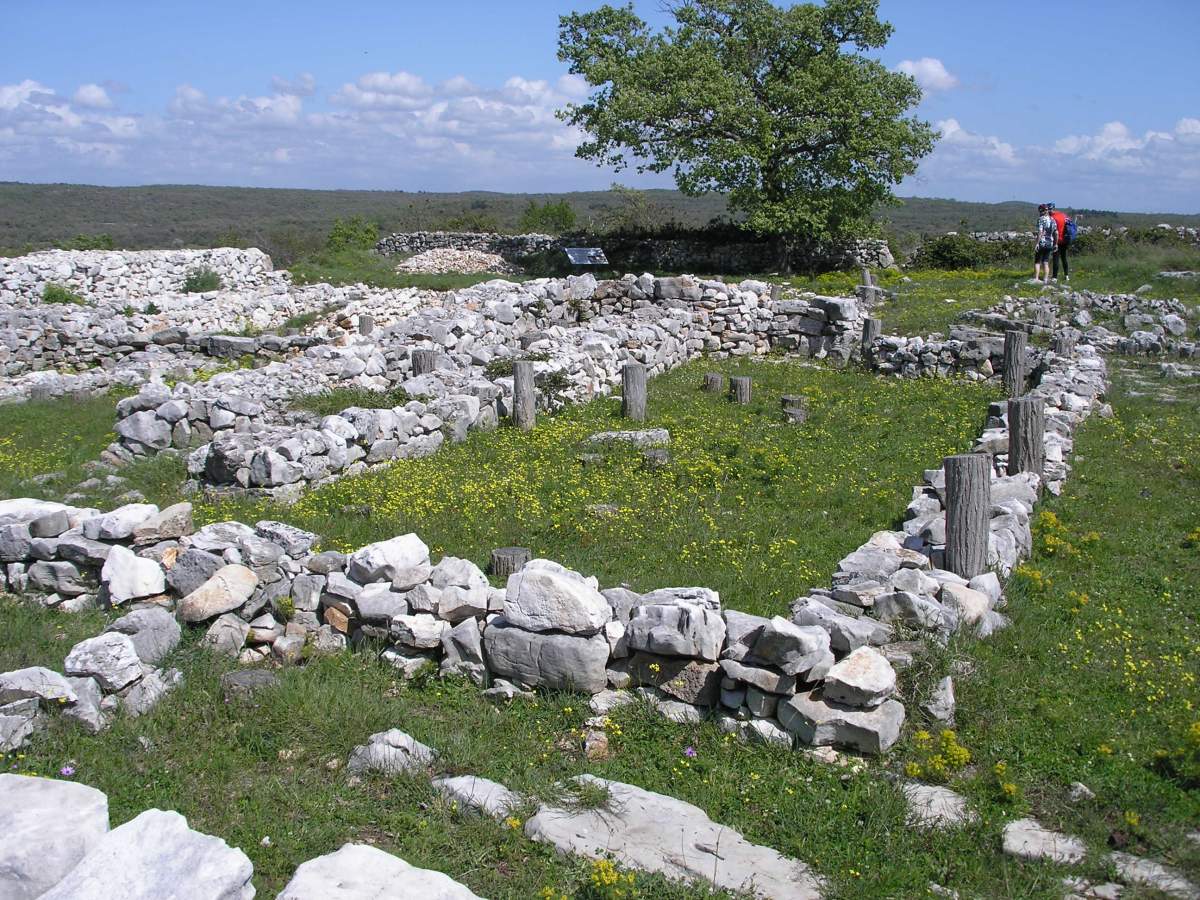
https://hr.wikipedia.org/wiki/Monkodonja
Archaeological research in Istria has uncovered traces of settlements dating from the Bronze and
Iron Ages. The most famous prehistoric settlement is Monkodonja, located near Rovinj. This
hillside settlement, inhabited between 2000 and 1200 BC, has remnants of walls, entrances,
streets, and houses, offering insights into the organization and life of ancient Istrian inhabitants.
This settlement is one among several in Istria that were fortified and situated at strategically
important locations.
The settlement was carefully planned, with streets leading to a central square and a clearly
defined residential area. Some artifacts suggest that the inhabitants of Monkodonja were
part of a broader trade network in the Bronze Age. The settlement was likely abandoned due to
social or ecological changes, rather than violent conflicts.
Illyrian Era
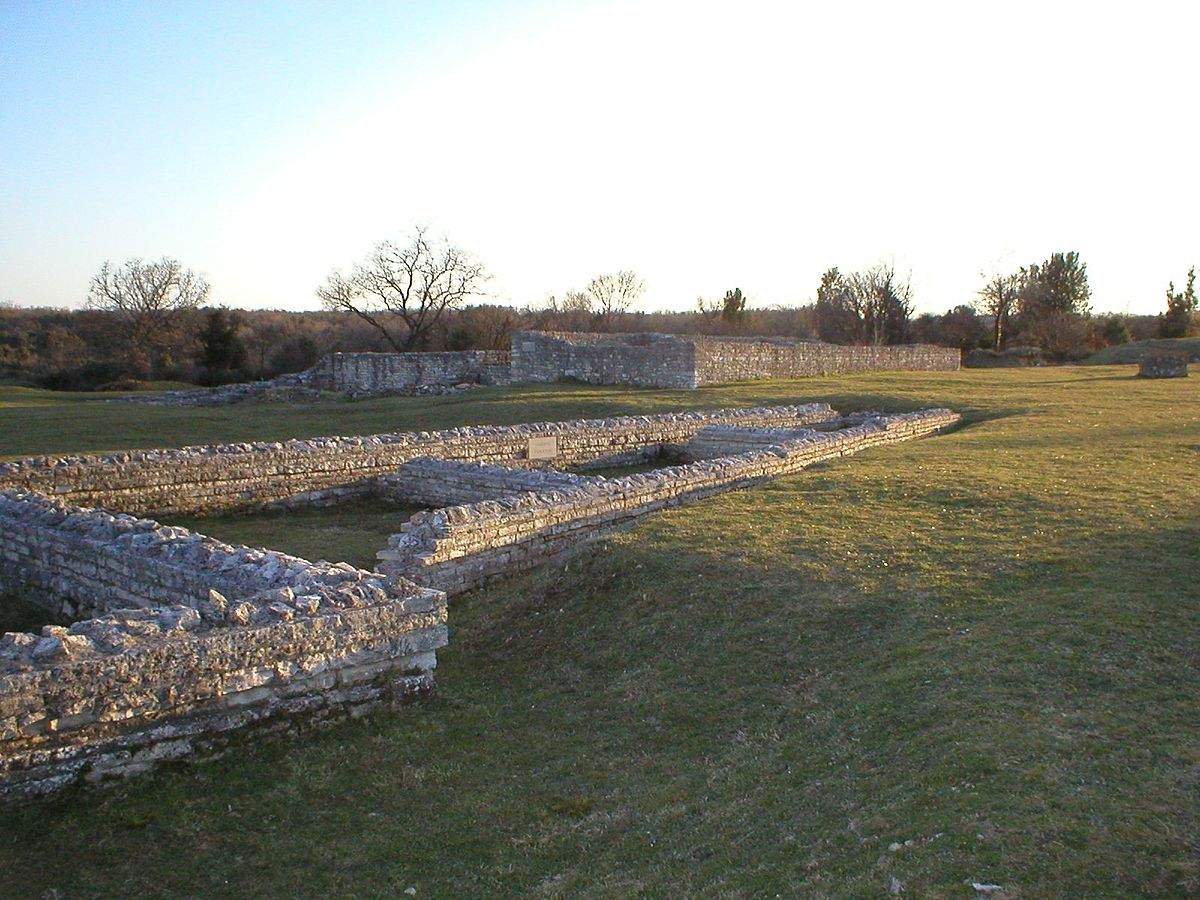
https://bs.wikipedia.org/wiki/Nezakcij
Before the Roman arrival, Nezakcij was the center of the Histri, one of the Illyrian tribes. It's said
that the Romans, led by consul Lucius Metellus, besieged Nezakcij in 177 BC. After a long siege,
the local king Epulon, rather than surrendering, committed suicide by jumping from the city cliff.
Nezakcij was the political and religious center of the Histri. While its initial phase was Illyrian, over
time it became Romanized, evident from its architecture and daily artifacts. One intriguing
discovery in Nezakcij is a terracotta sculpture believed to represent the mother goddess – a
typical cult figure in Illyrian religious practices. Although best known as an Illyrian site, it remained
inhabited until the early Middle Ages, marking over a millennium of continuous history.
Roman Domination
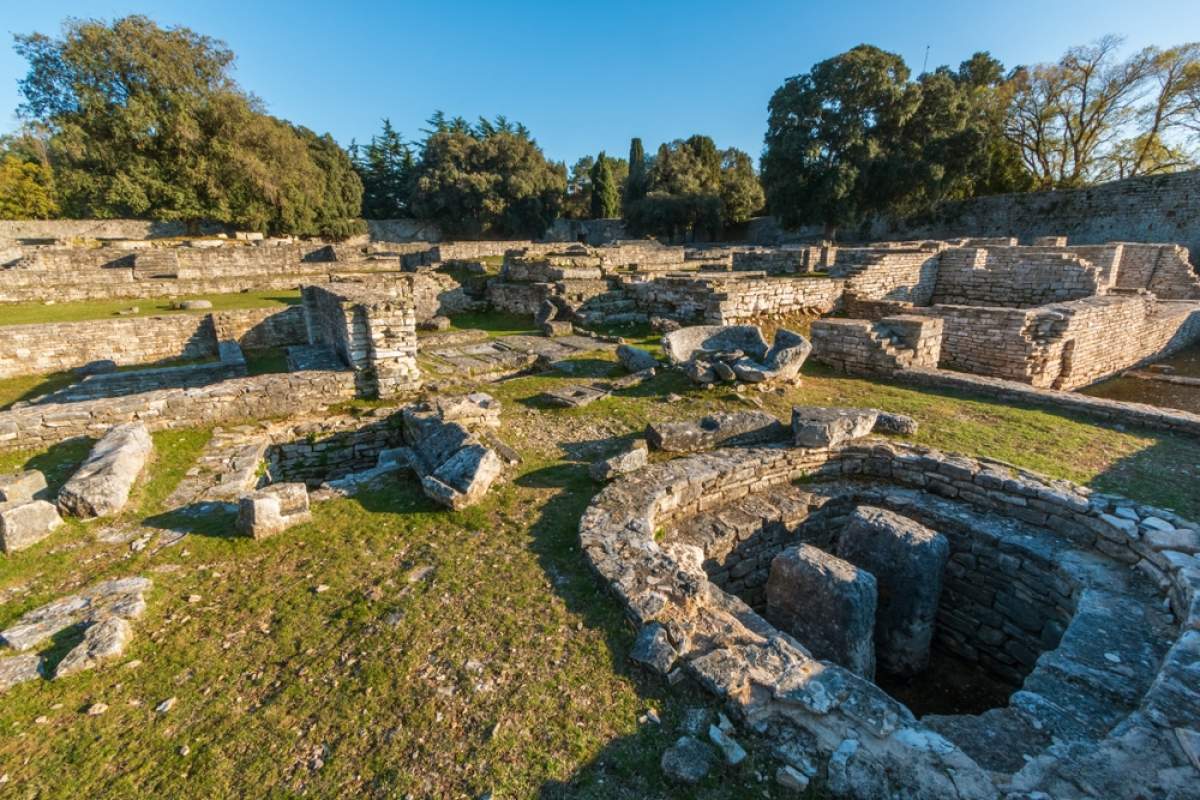
https://edutorij.e-skole.hr/share/proxy/alfresco-noauth/edutorij/api/proxy-guest/a550b56d-1eaf-4041-8a51-973fa0aa1
331/html/m4-j5.html
The Roman expansion into the Istrian peninsula began in the 3rd century BC, but the most
significant event was their victory over the Illyrian tribe of Histri in 177 BC. After this win, the
Romans began the gradual Romanization of the region. Significant infrastructural and
architectural changes were introduced. Pula became an essential city with impressive structures
like the Amphitheater, the Temple of Augustus, and the Sergius Arch. Poreč also flourished with its
6th-century Euphrasian Basilica, a UNESCO World Heritage site.
Under Roman rule, the local population gradually adopted the Roman language, culture, and
lifestyle, in a process known as Romanization. However, Istria retained certain elements of its
Illyrian heritage, creating a unique cultural synthesis.
Fall of the Roman Empire
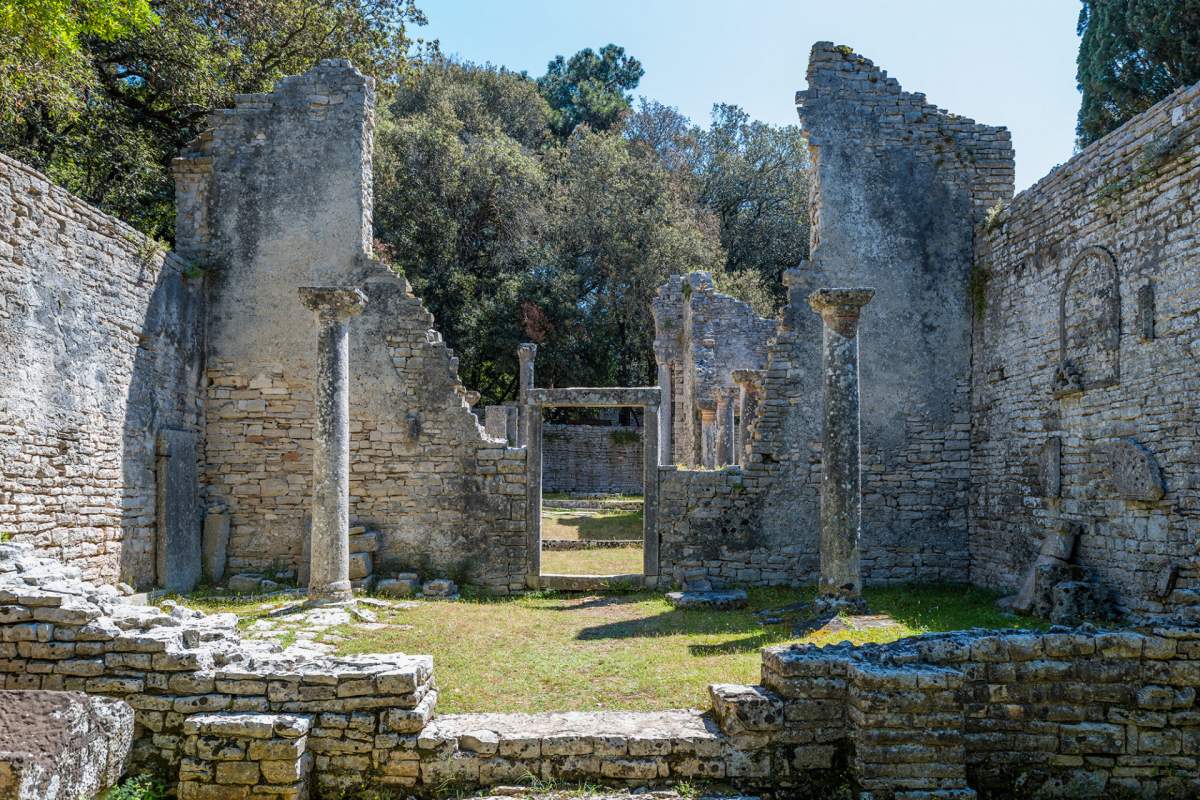
https://www.np-brijuni.hr/hr/istrazi-brijune/mjesta-koja-morate-posjetiti/bizantski-kastrum
With the collapse of the Western Roman Empire in the 5th century, Istria experienced a wave of invasions by various barbarian tribes, including the Goths, Lombards and Ostrogoths. These attacks and changes in government led to a period of instability, during which many ancient cities were abandoned or destroyed. Regardless, many traces of the Roman heritage remained deeply rooted in the culture and architecture of the region.
Roman architectural and artistic achievements in Istria continue to fascinate visitors today.
Beyond architecture, Roman legal and administrative structures, as well as the Latin language,
have had a lasting influence on the development of Istrian culture and identity.
Middle Ages
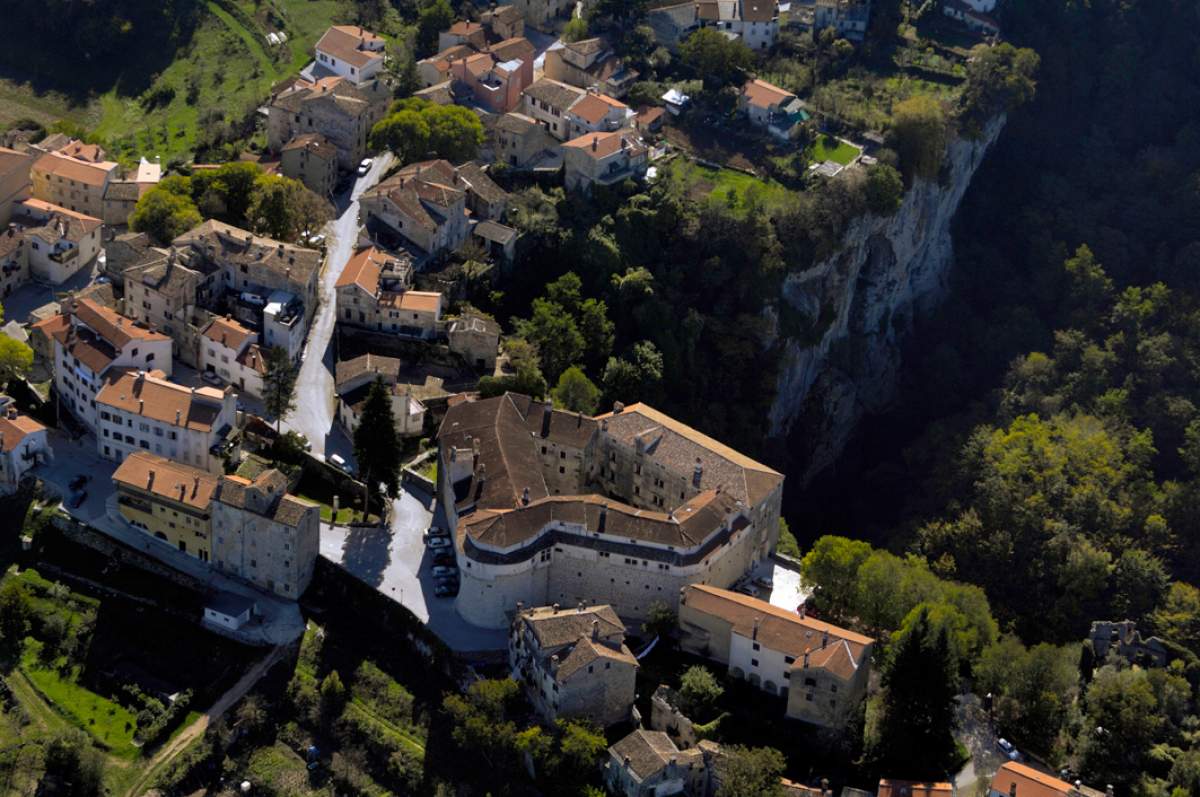
https://www.istria-culture.com/pazinski-kastel-i37
Throughout the Middle Ages, Istria became a battleground between various rulers. The Venetian
Republic, dominating the coast, often clashed with the Habsburg Monarchy, which controlled the
interior. This dynamic history led to the construction of impressive medieval towns and fortresses
atop hills, such as Motovun, known for its walls and panoramic views; Grožnjan, the city of artists;
and Pazin, with its medieval castle at the center of Istrian administration and culture.
Christianity spread throughout Istria already in Roman times, but during the Middle Ages, the
church became the central figure in the social and cultural life of the region. Numerous churches,
monasteries, and sacral structures were built during this period. After the fall of the Venetian
Republic at the end of the 18th century, Istria came under Austrian rule, marking the end of
Venetian influence and the beginning of a new era in Istria's history..
From the Fall of Venice to WWI
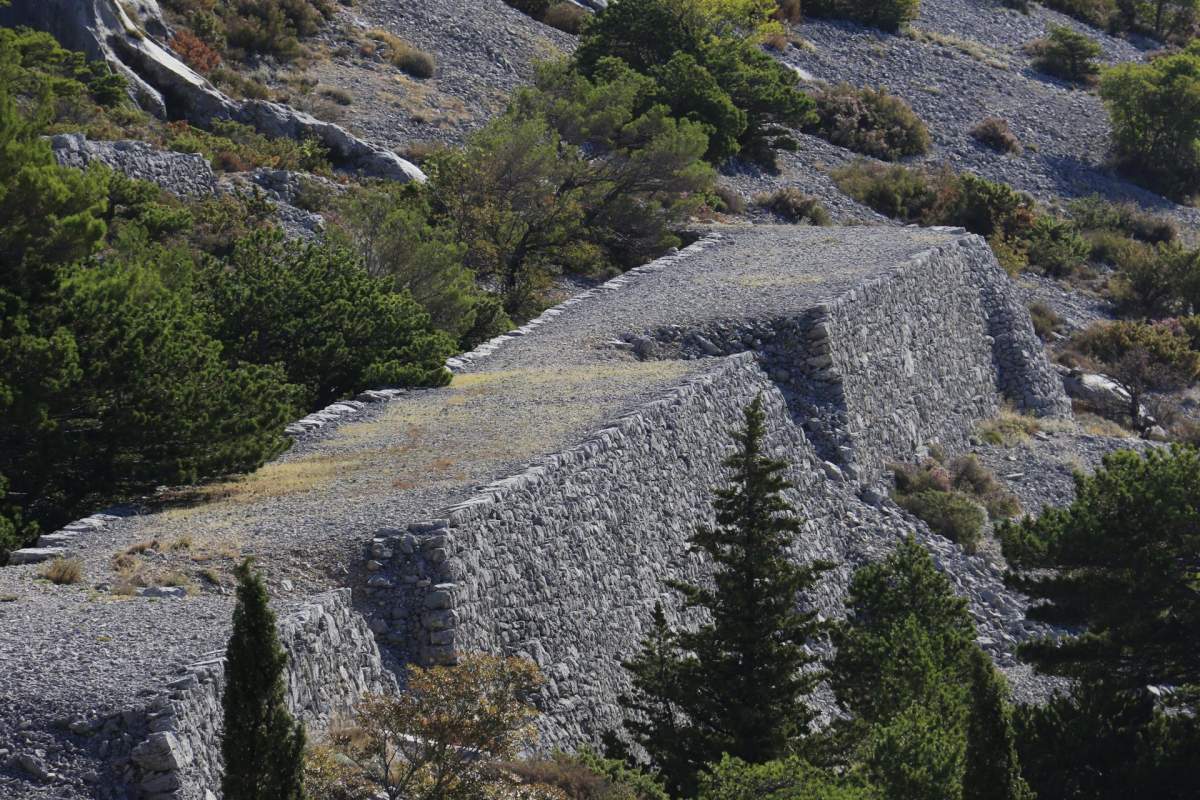
https://slobodnadalmacija.hr/dalmacija/napoleonova-cesta-postala-zasticeni-spomenik-uskoro-ce-odusevljavati-i-turist
e-pogledajte-kako-izgleda-remek-djelo-inzenjerskog-umijeca-na-biokovu-513929
After the fall of the Venetian Republic in 1797 under Napoleon's conquest, Istria became part of
his Illyrian provinces. This brief period brought reforms and modernization. However, after
Napoleon's downfall, the Congress of Vienna in 1815 awarded most of Istria to the Austrian
Empire. As part of the Austro-Hungarian Monarchy, Istria saw economic and infrastructural
growth. By the late 19th century, national identities, especially Italian and Slavic, became more
pronounced, leading to ethnic tensions.
The economy was characterized by the growth of agriculture, maritime trade, and tourism.
Although Istria was not a main battlefield during World War I, its consequences reshaped the
region. With the Treaty of Rapallo in 1920, Istria became part of the Kingdom of Italy, introducing
a new chapter in its historical annals.
Modern age
After World War II, Istria became part of the Socialist Federal Republic of Yugoslavia, and later,
following the breakup of Yugoslavia in 1991, it became part of the Republic of Croatia.
The interior of Istria has always been marked by agriculture, especially winemaking, olive growing,
and truffles. Its traditional way of life, rich cultural heritage, and beautiful landscapes make this
region special and attractive to visitors. The medieval towns that adorn Istria's interior hills testify
to the region's rich history and cultural heritage.










